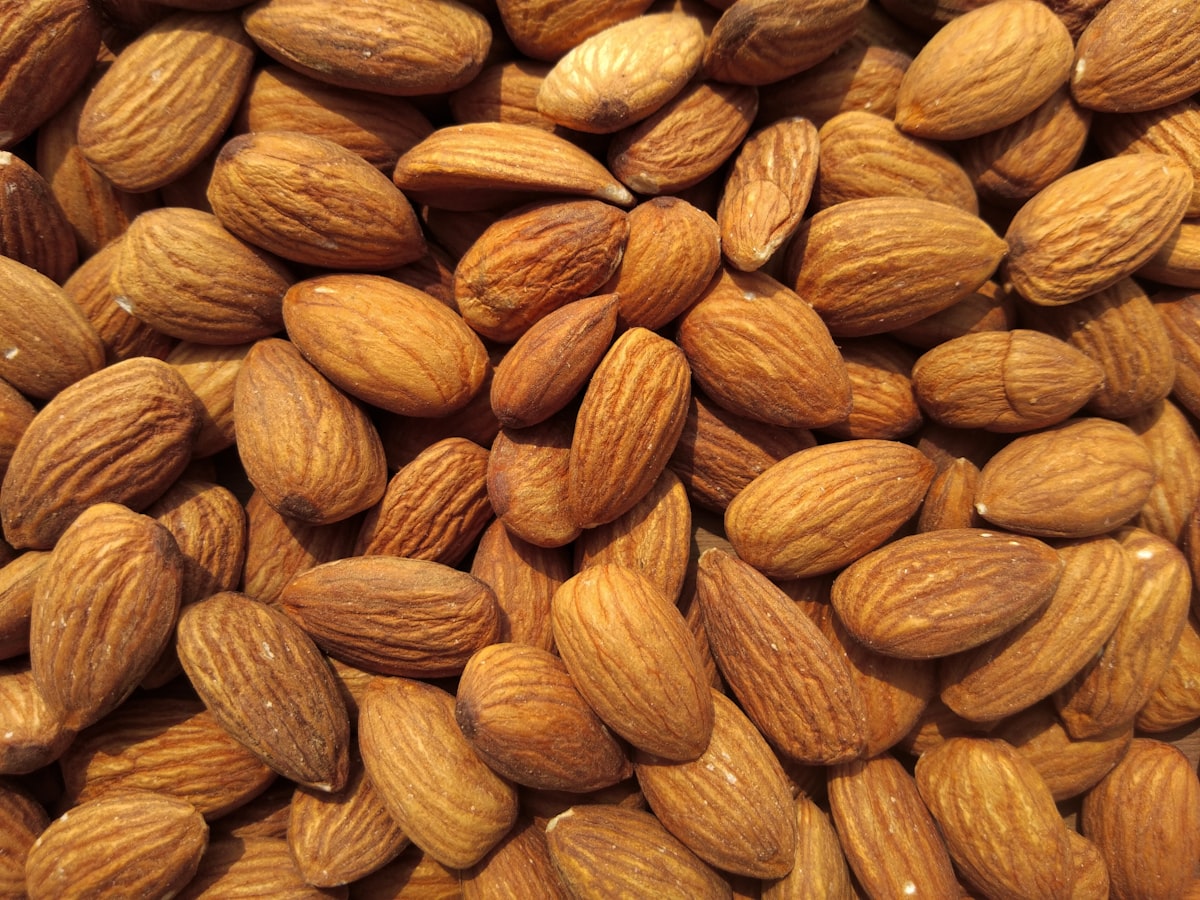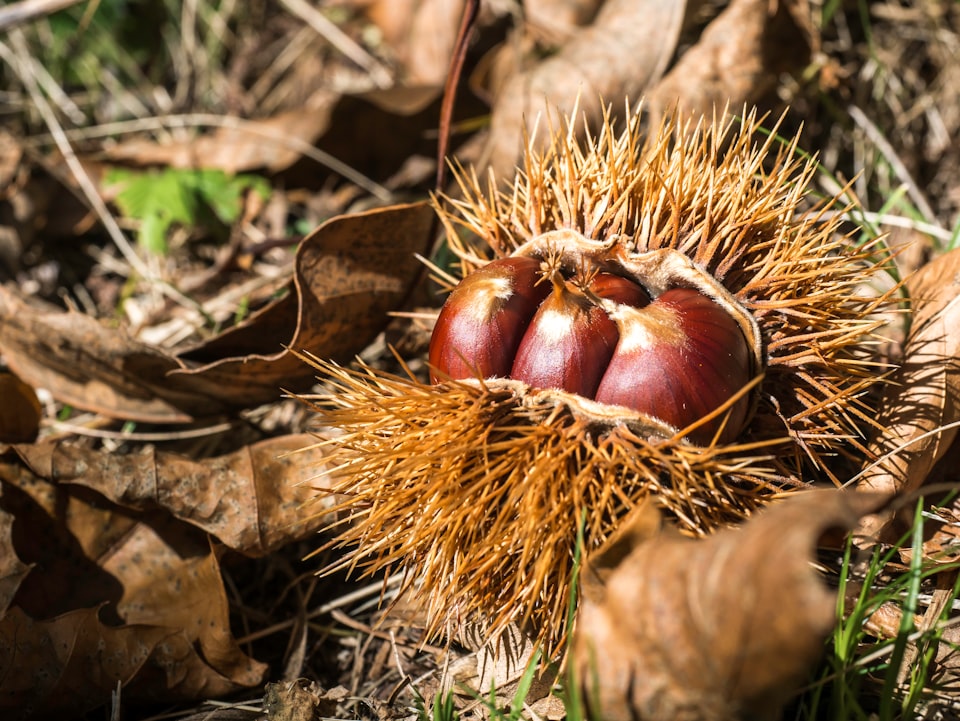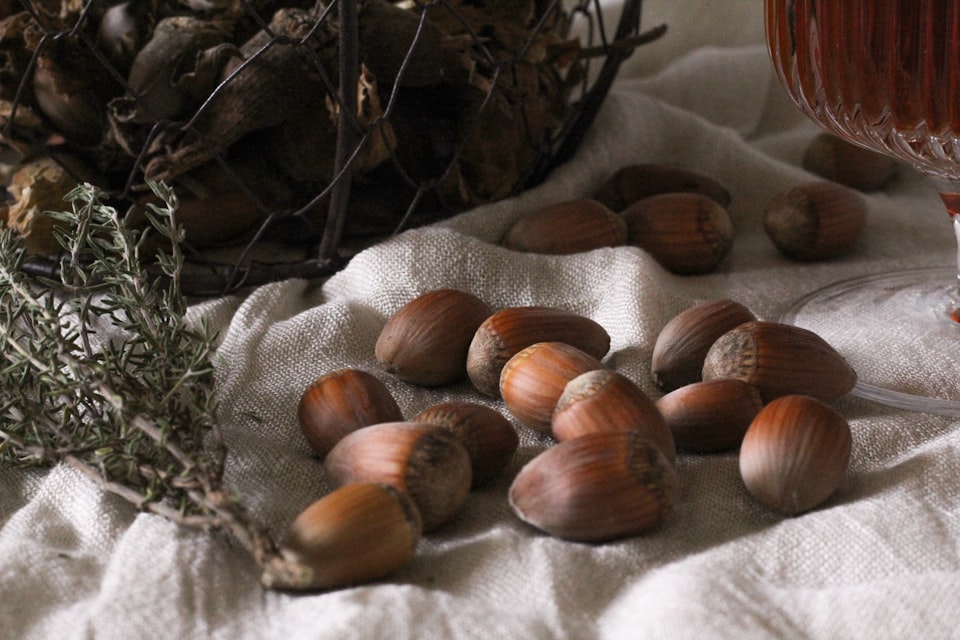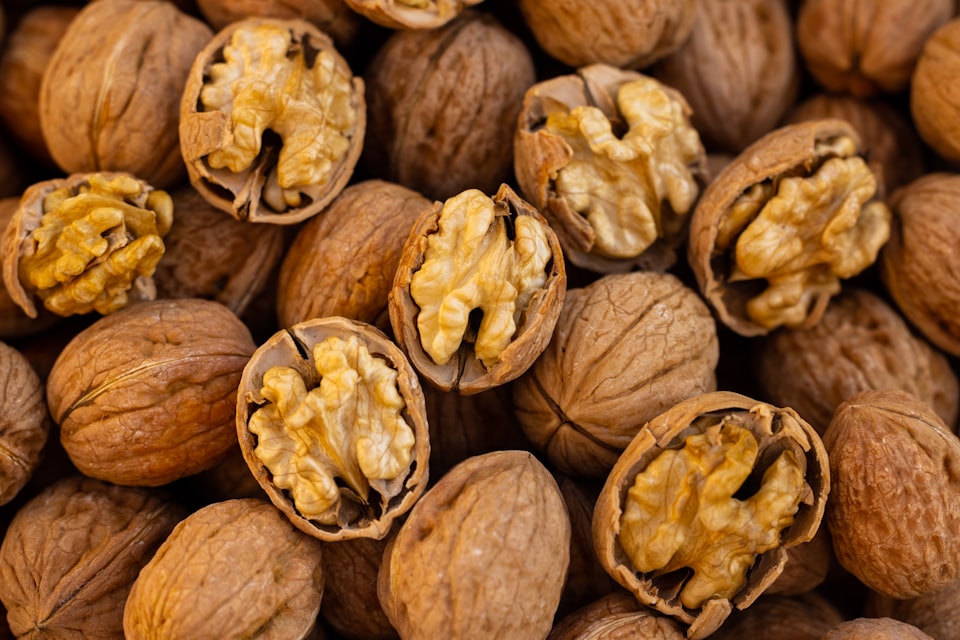VIII: Almond
The steady consolidation of almond farming.

Good morning. Today is octidi, the 18th of Thermidor, Year CCXXXI. We celebrate l'amande, a nut that's actually a fruit that's actually a drupe.
Power over food supplies was once controlled by the sword. In medieval feudalism, the vast majority of the European population was employed in growing food, but ownership of that food (and the land it grew on) was elusive. The legal claims here weren't enforced so much by courts and paper (though those were components of enforcement in disagreement among nobles) but by knights on horses, spending far more time collecting taxes (in the form of directly taking a high percentage of the harvest) and punishing poachers than the romantic tales would have you believe. The story of the last few hundred years is as much about liberating control of the food supply as any other philosophical argument.
Which is why it's important to sound the alarm about a new type of food feudalism that's gradually emerging, in which certain regulations and control over the seed supply are consolidating into the hands of a few powerful interests, making it difficult for small and less prosperous localities to farm. And almonds are a good example.



